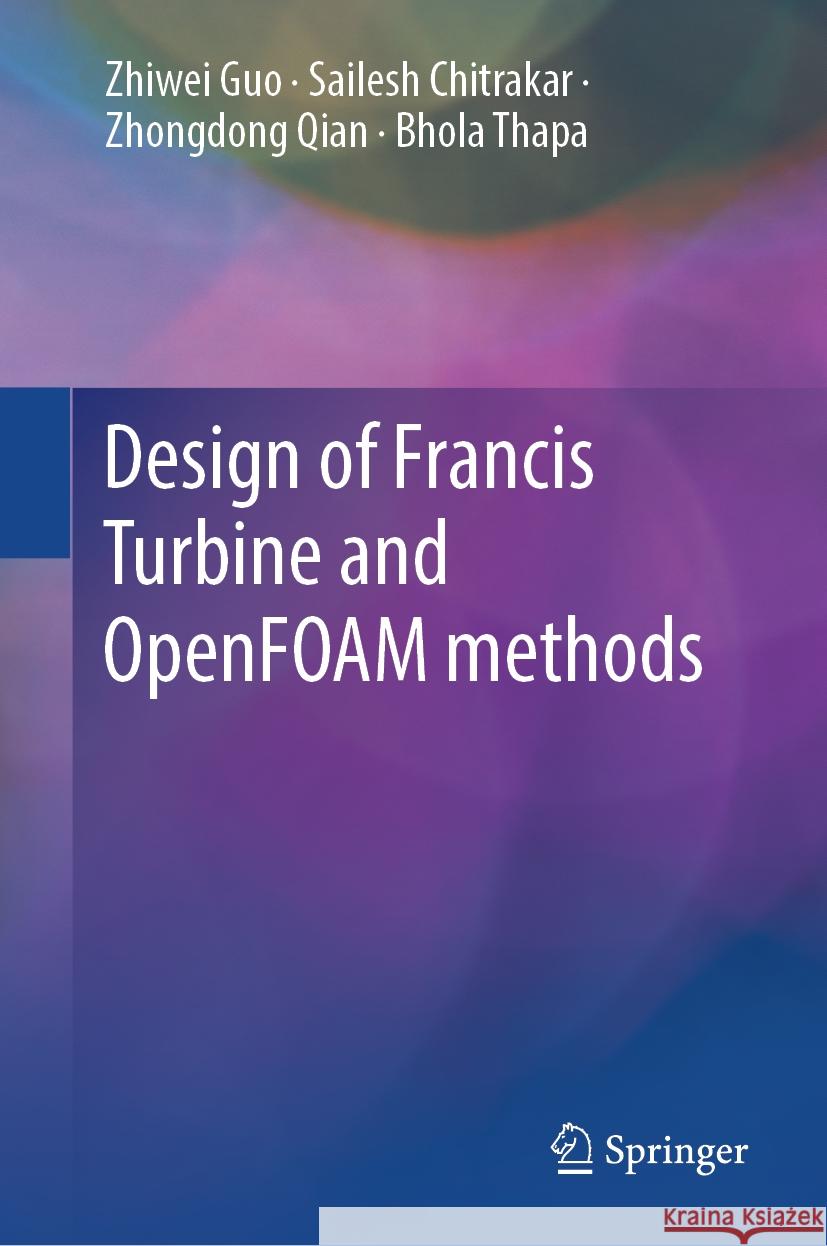Wyniki wyszukiwania:
wyszukanych pozycji: 2
 |
Design of Francis Turbine and Openfoam Methods
ISBN: 9789819983803 / Angielski Termin realizacji zamówienia: ok. 22 dni roboczych (Dostawa w 2026 r.) |
cena:
642,56 |
 |
Design of Francis Turbine and OpenFOAM Methods
ISBN: 9789819983834 / Angielski / Miękka / 2025 Termin realizacji zamówienia: ok. 22 dni roboczych (Dostawa w 2026 r.) This book provides a comprehensive guide for academics and industry professionals on designing and optimizing hydraulic turbines, with a particular focus on Francis turbines. The book covers the main dimensions of Francis turbines, including runners, guide vanes, and distributors. The authors have selected OpenFOAM, a free, open-source CFD software, for readers to perform simulations. While there is some existing literature on the topic, this book distinguishes itself by going into detail on the three phases of CFD methods. The authors also describe, step-by-step, how to create a new... This book provides a comprehensive guide for academics and industry professionals on designing and optimizing hydraulic turbines, with a particular... |
cena:
642,56 |










